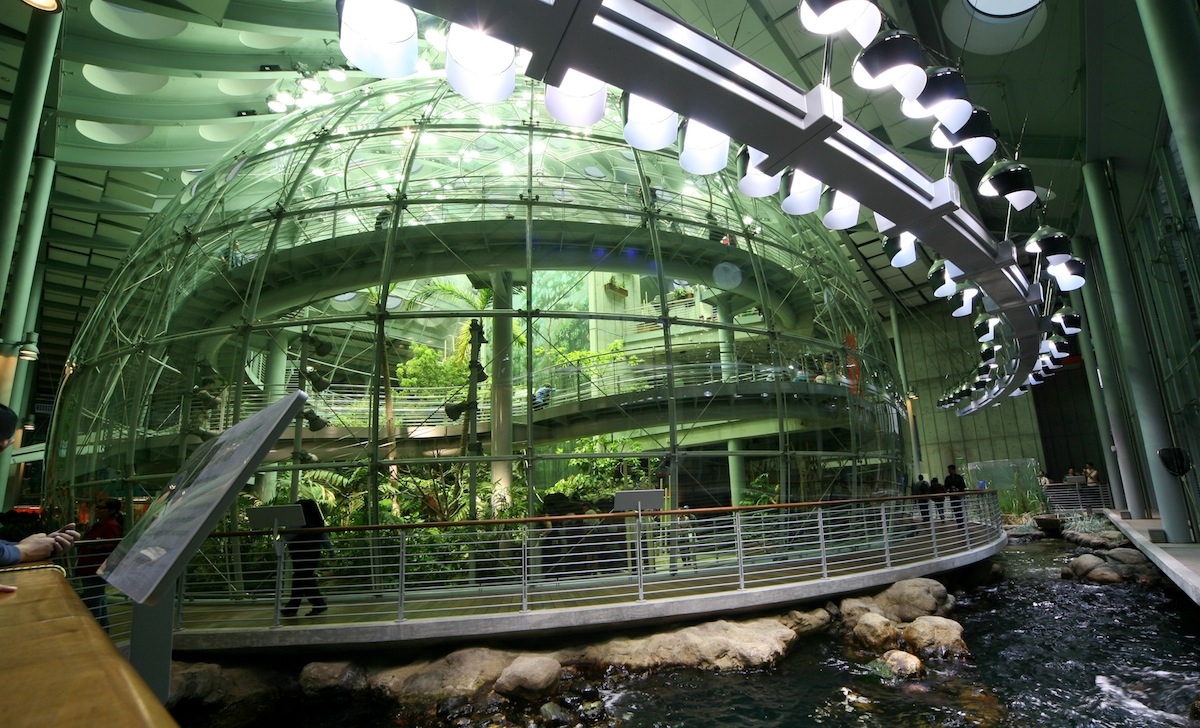The U.S. Green Building Council (USGBC) said it has availability of a new path for California project developers seeking LEED certification.
Starting July 1, non-residential projects in California subject to the mandatory 2013 California Green Building Standards Code (CALGreen) requirements will be able to use an alternative documentation path for LEED. CALGreen is the nation’s first statewide mandatory green building code, covering nearly all residential and nonresidential construction in California.
This new path will make beyond-code green building leadership even more accessible as the state continues to set more aggressive targets for energy and water efficiency, USGBC says.
The alternative documentation path outlines a set of documents that projects may provide in lieu of standard LEED documentation in order to demonstrate LEED compliance.
The alternative documentation path will be available for use on factors related to indoor water use reduction, refrigerant management, the storage and collection of recyclables, construction waste management, and the use of low-emitting paints and adhesives.
“These new streamlined documentation options offer cost savings to project teams while maintaining the quality and rigor of LEED,” says Jeremy Sigmon, director of Technical Policy, USGBC. “In turn, projects already designing and building to the CALGreen code will find LEED and its many benefits more readily within reach.”
Related Stories
| Sep 12, 2011
PVs play new roles as a teaching tool
Solar installations are helping K-12 schools around the country save money and teach students the intricacies of renewable energy sources.
| Sep 12, 2011
Living Buildings: Are AEC Firms up to the Challenge?
Modular Architecture > You’ve done a LEED Gold or two, maybe even a LEED Platinum. But are you and your firm ready to take on the Living Building Challenge? Think twice before you say yes.
| Sep 12, 2011
Putting a stamp on USPS's first green roof
The Morgan Building roof totals 150,000-sf. In addition to a vegetated green roof, other roof areas were upgraded and included 55,000-sf of reflective concrete pavers and ballast, which were also placed over a Sarnafil waterproofing membrane, and 40,000-sf of EnergySmart Roof—a reflective, energy-efficient vinyl roofing system from Sika Sarnafil.
| May 18, 2011
Carnegie Hall vaults into the 21st century with a $200 million renovation
Historic Carnegie Hall in New York City is in the midst of a major $200 million renovation that will bring the building up to contemporary standards, increase educational and backstage space, and target LEED Silver.
| May 16, 2011
Seattle unveils program to boost building efficiency
Seattle launched a new program that will help commercial property owners and managers assess and improve building energy efficiency. Under the program, all commercial and multifamily buildings larger than 10,000 sq. ft. will be measured for their energy performance using the EPA’s ENERGY STAR Portfolio Manager.
| May 10, 2011
Are green goals out of reach for federal buildings?
Many federal agencies are struggling to convert their existing buildings to meet green standards, according to the Office of Management and Budget. Of 20 agencies graded by the OMB on their compliance with green mandates, only seven met the 2010 mandate that requires at least 5% of their buildings meet energy-efficient and sustainable standards.
| Apr 14, 2011
U.S. embassies on a mission to green the world's buildings
The U.S. is putting greater emphasis on greening its worldwide portfolio of embassies. The U.S. State Department-affiliated League of Green Embassies already has 70 U.S. embassies undergoing efforts to reduce their environmental impact, and the organization plans to increase that number to more than 100 by the end of the year.
| Feb 7, 2011
GSA Unveils New Sustainable Workplace Design Tool
The U.S. General Services Administration launched its Sustainable Facilities Tool on Monday, Feb. 7. The innovative online tool will make it easier for both government and private-sector property managers and developers to learn about and evaluate strategies to make workplaces more sustainable, helping to build and create jobs in America’s clean energy economy of the future.













